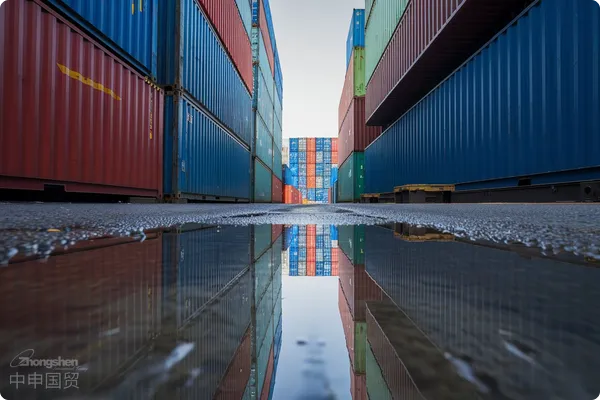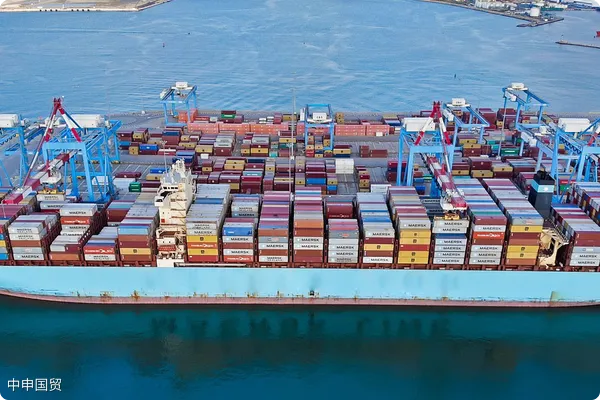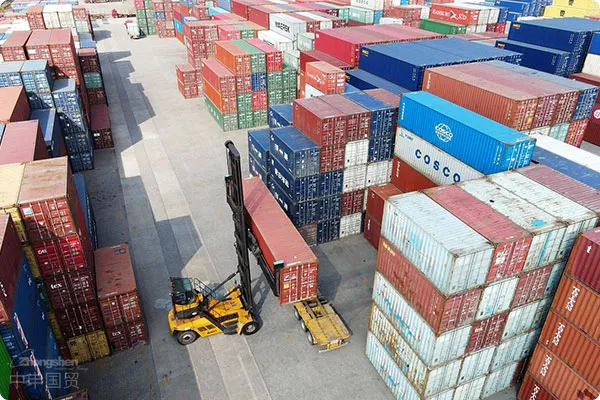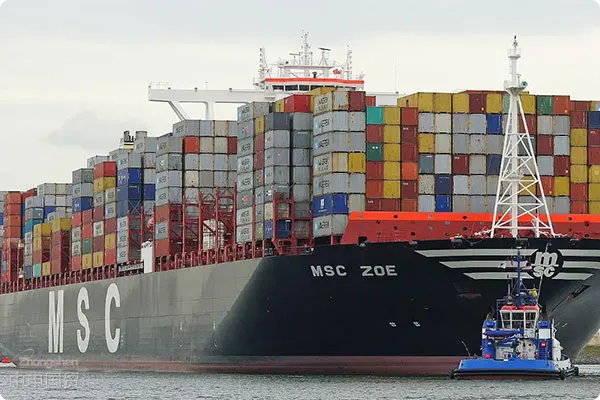- Shanghai Zhongshen International Trade Co., Ltd. - Two decades of trade agency expertise.
- Service Hotline: 139 1787 2118

The possibility of Trumps return to the political stage once caused anxiety among many enterprises engaged in China-U.S. trade. Particularly when hearing alarming statements such as 60% tariffs and China-U.S. trade to zero within two years, it was hard not to feel a sense of unease. Next, lets explore together what the impact onforeign tradeenterprises would be if these scenarios were to occur and what strategies could be employed to address these challenges.
I. 60% Tariffs?—Trumps Hardcore Tariff Policy
Looking back to Trumps 2016 presidency, the tariff increases on Chinese goods were substantial, with some product tariffs even soaring by 200%. These measures directly affected goods exported from China to the U.S., causing costs for many enterprises to rise sharply and forcing them to abandon their original export routes.
So, if tariffs were to rise to 60% this time, would it deal a fatal blow to the foreign trade industry?
Undoubtedly, tariff increases would directly lead to price hikes. Faced with high tariffs, U.S. customers might turn to other supply chains or even push for manufacturing repatriation. However, it is unlikely that enterprises would completely lose the U.S. market. Especially given the incomplete recovery of global supply chains and the high interconnectivity of industrial chains, the U.S. still relies heavily on Chinese manufacturing.
II. Early Establishment of Overseas Factories—A Two-Legged Strategy
Many foreign trade enterprises have long prepared for rainy days by setting up secondary production bases in Southeast Asia and other regions to cope with sudden policy changes. This allows enterprises to process and export products through Southeast Asia, leveraging regional preferential tariff policies to enter the U.S. market at lower costs.
But the question is, what if Southeast Asia also faces tariff increases?
Indeed, if Trump were to take office, similar tax measures might be imposed on other countries. In such cases, enterprises might need more flexibleEntrepot Tradestrategies, such as setting up factories in Mexico and other regions to leverage free trade agreements with the U.S. for tariff-free or low-tariff access to the U.S. market.
III. Other Changes Brought by Trade Policies
While Trumps policies may appear harsh and extreme, they could also bring other opportunities. For example, Trump might increase import requirements for Chinese high-tech products while relaxing restrictions on high-tech products, especially against the backdrop of expanding U.S. domestic demand, potentially increasing demand for high-tech, high-value-added products. For enterprises with technological innovation capabilities and high-value-added products, this could be a potential opportunity.
Additionally, with the possible improvement in the Russia-Ukraine situation, opportunities in the European market should not be overlooked. If China-U.S. trade is significantly affected, enterprises could consider further exploring the European market to find new growth points.
IV. Practical operation recommendations
A. Plan Ahead and Respond Flexibly
If an enterprises primary market is the U.S., it should quickly prepare for high tariffs by considering the following approaches:
- Transshipment via Southeast Asia: Ship products to Southeast Asia before exporting to the U.S., bypassing high tariffs on direct exports from China. This method can somewhat reduce tax burdens but requires assessing policy risks in Southeast Asia.
- Overseas Factory Layout: If conditions permit, companies can choose to establish production bases in Southeast Asia, Mexico, and other regions, leveraging local preferential tariff policies to reduce costs.
B. Enhancing Product Value-Added and Exploring New Markets
If tariff increases are inevitable, enhancing product value-added may be an effective way to reduce customer attrition. Companies can increase the technological content and value-added of their products, shift toward mid-to-high-end markets, and avoid price wars with low-end manufactured goods.
Additionally, exploring new markets is crucial. Trumps tariff policies primarily target the U.S. market, but regions like Europe, South America, Africa, and the Middle East also hold significant potential. Developing new customers in these areas and diversifying market risks can prevent companies from putting all their eggs in one basket.
C. Strengthening Communication with Customers
Amid policy changes, communication between companies and customers is particularly important. For long-term cooperative clients, maintaining partnerships can be achieved by adjusting delivery methods or sharing partial tariff costs. In fact, many U.S. clients are reluctant to switch suppliers, as this would increase their operational costs and risks.
D. Maintaining an Optimistic Mindset and Timely Adjustments
Undeniably, changes in trade policies may bring short-term shocks, but foreign trade companies should remain optimistic. Just as the Biden administration did not impose tariffs as directly as it seemed, trade and the economy were still significantly affected. Therefore, maintaining market flexibility and quickly adapting to external changes are key to sustained business growth.
Summary
Trumps potential return to office, the threat of 60% tariffs, and even talk of zeroing out Sino-U.S. trade may sound alarming. However, market adjustments always present both opportunities and challenges. In this situation, proactive planning, flexible responses, and diversifying risks across different markets and production bases are the most critical strategies for foreign trade companies. Simultaneously, enhancing product value-added and building stronger customer loyalty can help maintain competitiveness in a changing trade environment.
Historical experience shows that trade wars are not the end but the beginning of market reallocation. Companies with strength and preparation often stand out amid such changes. We hope everyone can find their opportunities in this turbulent landscape and continue to ride the waves in the foreign trade industry!
Related Recommendations
Learn
Contact Us
Email: service@sh-zhongshen.com
Related Recommendations
Contact via WeChat

? 2025. All Rights Reserved. Shanghai ICP No. 2023007705-2  PSB Record: Shanghai No.31011502009912
PSB Record: Shanghai No.31011502009912








